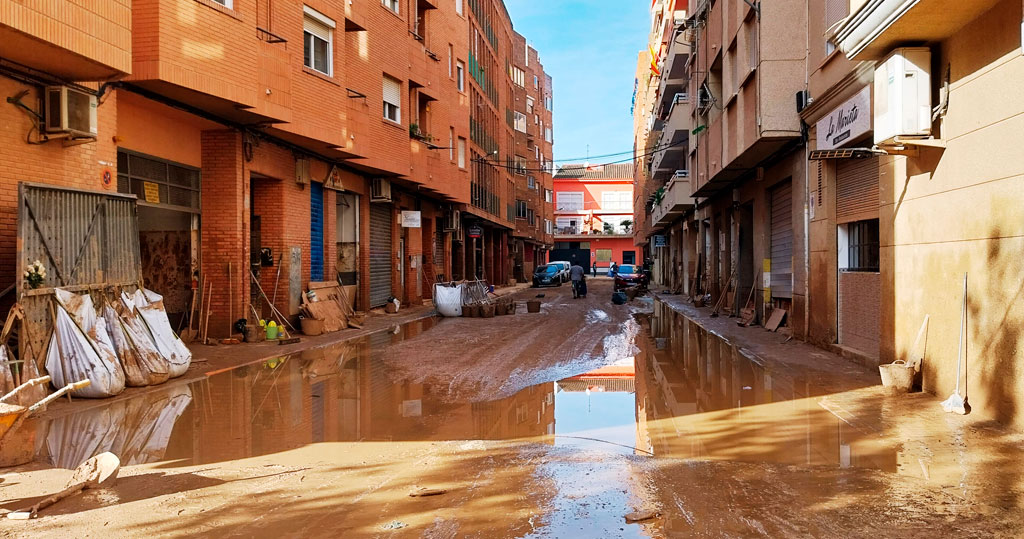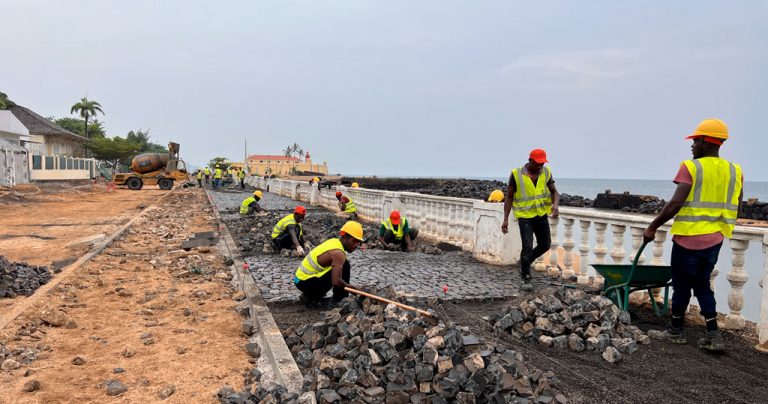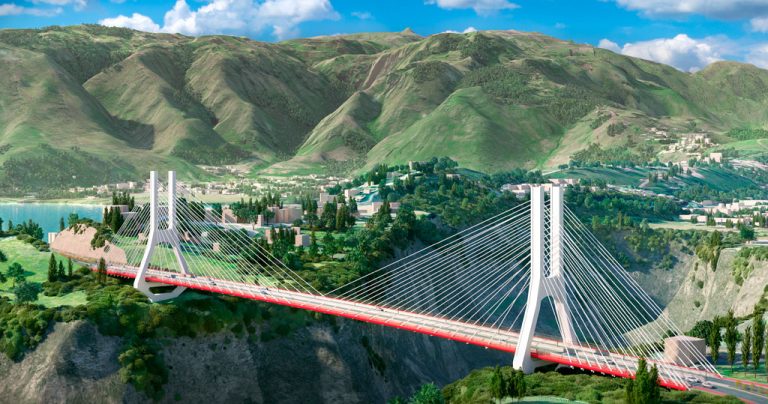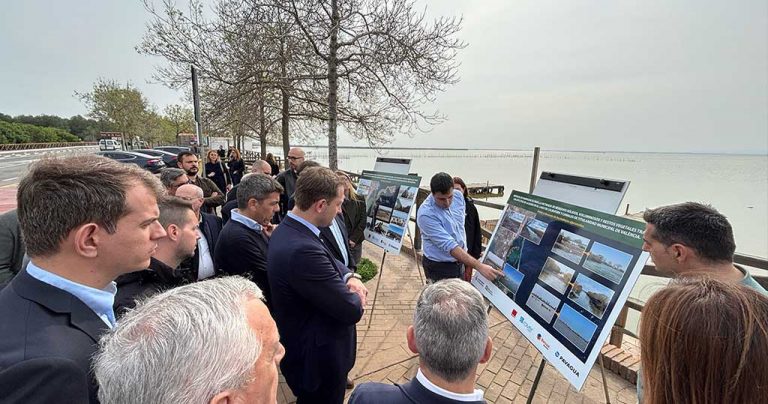The facts of the tragedy
On 29th October 2024, a well-known meteorological phenomenon called the “gota fría” (cold front), occurred in the Mediterranean basins. This front originates as a combination of rising winds loaded with moisture from a Mediterranean Sea that was still very warm after summer, and a pocket of cold air at high altitude (DANA). Sometimes, this situation simply causes isolated torrential rainstorms, to a greater or lesser extent, however this time, the rains were exceptional and persistent in time and space, to the point that the Mas de Calabarra pluviometer, in Turís, registered a record maximum in Spain in one hour (180 l/m²). It is estimated that a total of more than 2,000 hm 3 fell, equivalent to almost the entire total volume of all the reservoirs in the Jucar hydrographic region, which is 2,800 hm³.
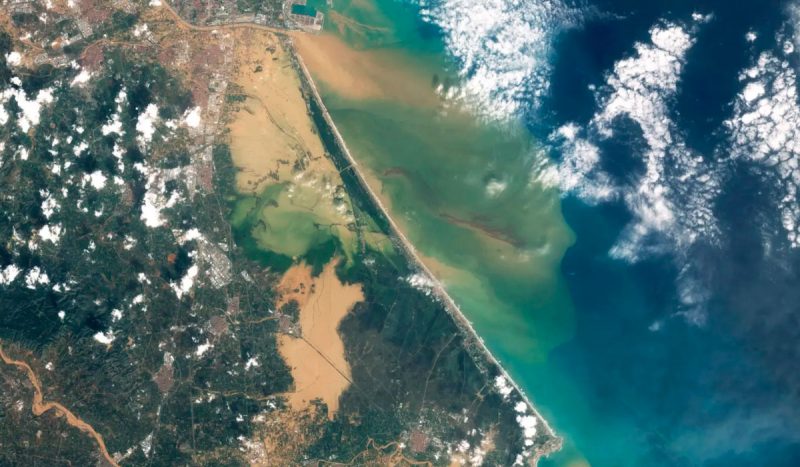 Satellite image of the affected area in L’Horta Sud and La Ribera
Satellite image of the affected area in L’Horta Sud and La Ribera
The area where this enormous amount of water fell is located in the upper part of the River Magro and the Poyo ravine basins, so their natural runoff caused the lower part of their basins to overflow, as existing channels could not cope with such amounts. In the River Magro, in Algemesí, near its mouth in the Júcar, more than 2,000 m³/s passed and, in the Poyo ravine, which is a ravine with no flow, it is estimated that flow reached over 3,500 m³/s at some point. These flows are theoretical, since the overflow of the channels has a laminating effect. As an order of scale, it is suffice to say that the River Ebro River as it passes through Zaragoza normally carries a flow of 250 m³/s.
The consequence of this amount of water out of its channels, at a considerable speed, thrown against a densely populated area of almost a million inhabitants with no warning, was devastating, with an overwhelming balance of loss of human life and material damage, in addition to very significant damage to all infrastructure and public services in the region.
Our interventions during those days
Although the emergency alert system for the population was launched when it was too late, it must be said that AEMET had issued a red alert early that day for heavy rainfall which covered practically the entire province of Valencia. Faced with this situation, with the experience of previous events, TYPSA decided at 10:30am that its offices in Paterna should be evacuated and that our staff would continue to work remotely from their homes, which saved a large part of our staff from very complicated situations.
Special mention should be made of the people in charge of the intervention of the Buseo dam, Pedro Rivas and Albert Canet, who, risking their physical integrity, managed to reach the dam that night, when the flood had far exceeded the spillway’s evacuation capacity and was overflowing over the crest, posing a risk of collapse. They and other companions were constantly monitoring the condition of the dam day and night for the next few days.
Our subsequent intervention
The devastation caused by the flood exceeds everything we can say and even show in photographs. Seeing it in situ, and especially suffering it, is not easy to describe. The next day, when we began to understand the magnitude of the disaster, many people started to help voluntarily and without any organisation. At TYPSA, many of our colleagues from all over Spain showed concern, and asked how they could help.
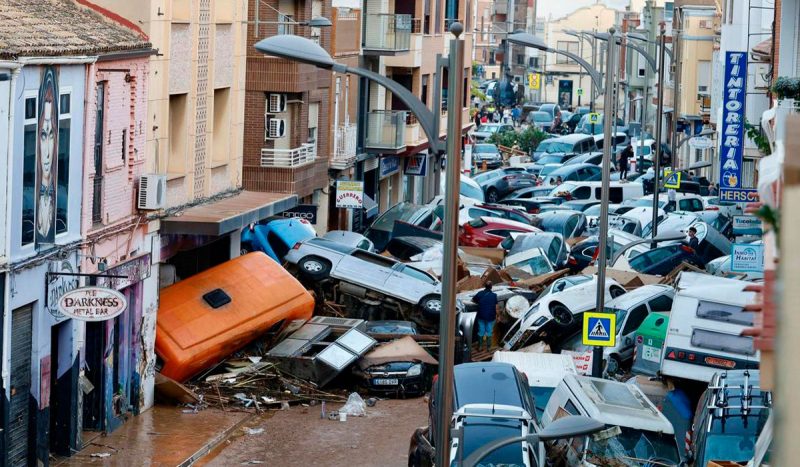 Mass of vehicles swept away by the flood on a street in one of the affected towns
Mass of vehicles swept away by the flood on a street in one of the affected towns
The closest ones, without asking, threw themselves into the quagmire that L’Horta Sud and La Ribera had become, and helped as best they could, carrying cleaning supplies, collecting pressure washers, rolling up their sleeves.
The TYPSA management echoed all these expressions of solidarity and made a TYPSA Foundation account available to employees to collect money and urgently help those affected. Almost 50,000 euros were collected and the company contributed twice this amount. Cleaning equipment was also bought and delivered, provided to us by the Regional Office of Murcia. On 13th November, the first of the emergency aid was distributed to 10 affected people, and 4 temporary rental vehicles were obtained to allow mobility. Subsequently, 7 vehicles have been provided to those who had lost theirs and on 27th November, the cash aid was finally paid, in the amount of 142,500 euros, to a total of 15 directly affected. In total, 22 employees of TYPSA and our related company Acero were affected to a greater or lesser extent.
 Streams of volunteers coming to help affected populations
Streams of volunteers coming to help affected populations
On 30th October, the day after the tragedy, TYPSA contacted public infrastructure agencies, both state, regional and local, providing them with the company’s resources to help alleviate the numerous damages that had occurred. That same day, the State Highway Demarcation in Valencia commissioned us to design and direct the works to restore traffic on the A-7 Valencia ring road, where the bridge over the Gallego ravine had collapsed, resulting in traffic being cut off on this road, where than 80,000 vehicles usually pass through daily. We got to work that same day, and in two weeks a detour road with three lanes in each direction was put operational.
Gradually, all authorities have been implementing various emergency contracts to rebuild the damage caused by the flood and mitigate its effects. TYPSA has demonstrated its responsiveness and is working on drafting projects, work supervision and other actions that contribute to the return to normality as soon as possible.


